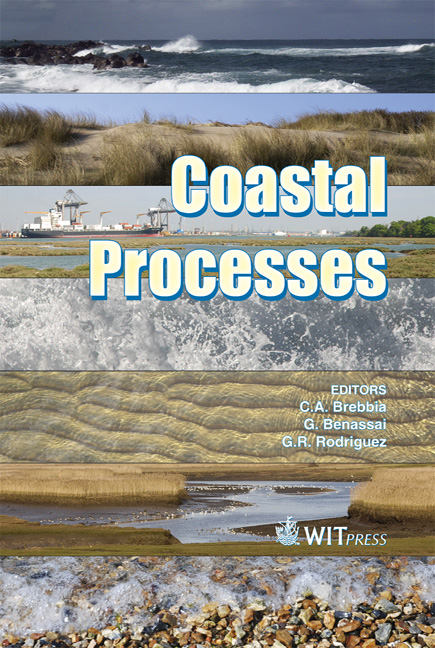The Sea-defence Function Of Micro-tidal Temperate Coastal Wetlands
Price
Free (open access)
Transaction
Volume
126
Pages
12
Page Range
51 - 62
Published
2009
Size
1,056 kb
Paper DOI
10.2495/CP090051
Copyright
WIT Press
Author(s)
I. Möller, J. Lendzion, T. Spencer, A. Hayes & S. Zerbe
Abstract
Global environmental change poses a growing challenge for the management of low-lying coastal environments. The challenge is to (a) recognise and quantify the ecological functions of such environments, and (b) develop management approaches that allow those functions to be maintained in the context of global change. Meeting this challenge is particularly important on micro-tidal shorelines, where the ecological sensitivity to sea level rise and changing climatic conditions (e.g. storm frequency and intensity) is likely to be high. This study addresses the need to quantify the wave-dissipating function of these types of coastal wetland. Previous studies have focused on tidal coasts and salt marsh or mangrove vegetation and have highlighted relationships between coastal wetland vegetation type, water depths, and observed wave energy reduction. Prior to this study, however, no data was available on the sea-defence function of coastal grasslands and reed beds, where irregular inundation by meteorologically driven storm surges dominates over tidal inundation. Results are presented of wave and vegetation monitoring along three crossshore transects at the fringes of reed beds and coastal brackish grasslands on the German Baltic shoreline. The data highlight significant differences in the seadefence function of these two types of micro-tidal coastal habitat, highlighting important differences in the likely response to future climatic (and sea level) changes and raising questions around how these functions might be maintained, enhanced, or restored in the context of environmental change. Keywords: sea level rise, wave dissipation, baltic coastal wetlands, coastal management.
Keywords
sea level rise, wave dissipation, baltic coastal wetlands, coastal management





